9. Sınıf İngilizce Çalışma Kitabı 8. Ünite Emergency And Health Problems Cevapları Erkad Yayıncılık
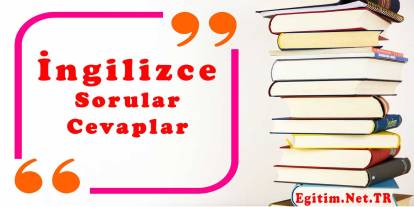
8. Ünite Emergency And Health Problems
8. Ünite Sayfa 51 Cevapları
1. Match the pictures with the dialogues. (Resimleri diyaloglarla eşleştirin.)
Picture 1 → c (Resim 1 → c)
- A: I have a fever. (Ateşim var.)
- B: You should keep your body warm. (Vücudunu sıcak tutmalısın.)
Picture 2 → b (Resim 2 → b)
- A: I have a sore throat. (Boğazım ağrıyor.)
- B: You shouldn’t drink cold water. (Soğuk su içmemelisin.)
Picture 3 → d (Resim 3 → d)
- A: I have a pain in my head. (Başım ağrıyor.)
- B: You should take a painkiller. (Ağrı kesici almalısın.)
Picture 4 → a (Resim 4 → a)
- A: I have a toothache. (Dişim ağrıyor.)
- B: You should go to a dentist. (Dişçiye gitmelisin.)
2. Fill in the blanks. (Boşlukları doldurun.)
Text with Correct Answers (Doğru cevaplarla metin):
When you burn your hand, you should hold the burnt area under cool running water for 10 - 15 minutes. Remove rings or other tight items from the burnt area. Try to do this quickly and gently before the area swells. Apply moisturizer or gel, which may provide relief in some cases. If the pain doesn’t go away, see your doctor.
(Türkçesi):
Elinizi yaktığınızda, yanık bölgesini 10-15 dakika boyunca soğuk suyun altında tutmalısınız. Yanık bölgesinden yüzükleri veya diğer sıkı nesneleri çıkartın. Bunu alan şişmeden önce hızlı ve nazik bir şekilde yapmaya çalışın. Bazı durumlarda rahatlama sağlayabilecek bir jel veya nemlendirici uygulayın. Eğer ağrı geçmezse, doktorunuza görünün.
8. Ünite Sayfa 52 Cevapları
3. Match the most common illnesses with the pictures. (Hastalıkları resimlerle eşleştirin.)
- Picture 1 → b (A toothache) (Diş ağrısı)
- Picture 2 → c (A fever) (Ateş)
- Picture 3 → Extra (Fazladan resim, eşleşme yok.)
- Picture 4 → d (A headache) (Baş ağrısı)
- Picture 5 → e (A sore throat) (Boğaz ağrısı)
- Picture 6 → a (A stomachache) (Mide ağrısı)
4. Match the words with their meanings. There is one extra.
| Number | Word | Meaning |
|---|---|---|
| 1 | A headache | d - A pain in the head (Baş ağrısı) |
| 2 | A toothache | c - A pain in a tooth (Diş ağrısı) |
| 3 | A stomachache | a - A pain in the stomach (Mide ağrısı) |
| 4 | A sore throat | e - A painful or sensitive condition of the throat (Boğaz ağrısı) |
| 5 | A backache | b - A pain in the back (Sırt ağrısı) |
✅ The extra meaning is: f - A high temperature (Yüksek ateş) (Not matched because "a fever" is missing from the words.)
8. Ünite Sayfa 53 Cevapları
5. Match the words with the pictures. (Kelimeleri resimlerle eşleştirin.)
There is one extra picture. (Bir tane fazla resim var.)
- Picture 1 → b (Allergy) (Alerji)
- Picture 2 → c (To scratch) (Kaşımak)
- Picture 3 → a (Rash) (Döküntü, isilik)
- Picture 4 → Extra (Fazladan resim, eşleşme yok.)
6. Read the dialogue and fill in the blanks. (Diyaloğu okuyun ve boşlukları doldurun.)
Correct Answers:
Patient : I’m not well. I have got a rash on my hand.
Doctor : Let me see it.
Patient : It itches. I scratch it but it doesn’t go away.
Doctor : Hmm, it’s a skin allergy. I will prescribe a lotion for you. You should apply it on your rash twice a day and you shouldn’t stay in the sun too long.
7. Fill in the table according to the dialogue. (Diyaloğa göre tabloyu doldurun.)
| The type of her allergy | Skin allergy (Cilt alerjisi) |
|---|---|
| The symptoms of her allergy | Rash on her hand, itching (Elde döküntü ve kaşıntı) |
| The doctor’s advice | Apply lotion twice a day and avoid the sun (Günde iki kez losyon sürmeli ve güneşten kaçınmalı) |
Example Dialogue for Exercise 8 (Örnek Diyalog)
8. Work in pairs. Make a dialogue with your partner as in section 6. Use the instructions below.
Student A: Hello, Doctor. I’m not feeling well. I have got a rash on my foot.
(Merhaba Doktor. İyi hissetmiyorum. Ayağımda bir döküntü var.)
Student B: Let me see. Hmm, it looks like a skin allergy.
(Bakalım. Hmm, bu bir cilt alerjisine benziyor.)
Student A: It itches a lot, and I keep scratching it.
(Çok kaşınıyor ve sürekli kaşıyorum.)
Student B: You should apply a lotion twice a day and avoid walking barefoot.
(Günde iki kez losyon sürmelisin ve yalınayak yürümekten kaçınmalısın.)
Student A: Thank you so much!
(Çok teşekkür ederim!)
✅ Now, practice with a partner! (Şimdi bir partnerle pratik yapın!)
8. Ünite Sayfa 54 Cevapları
9. Look at the pictures and solve the puzzle. (Resimlere bakın ve bulmacayı çözün.)
Answers for the Crossword Puzzle (Bulmaca Cevapları):
- Headache (Baş ağrısı)
- Cough (Öksürük)
- Fever (Ateş)
- Runny nose (Burun akıntısı)
- Toothache (Diş ağrısı)
10. Give advice for each situation below. (Aşağıdaki durumlar için tavsiyeler verin.)
1- I worked all night long yesterday and now I have a headache.
→ You should take a rest and drink lots of water.
(Dinlenmeli ve bol su içmelisin.)
2- It rained cats and dogs last night. I got wet and now I have a sore throat.
→ You shouldn’t drink cold water. You should drink herbal tea.
(Soğuk su içmemelisin. Bitki çayı içmelisin.)
3- I carried an armchair from the living room to my bedroom yesterday and now I have a backache.
→ You should apply a warm compress and avoid lifting heavy things.
(Sıcak kompres yapmalı ve ağır şeyler kaldırmamalısın.)
4- I have a terrible toothache.
→ You should go to a dentist as soon as possible.
(En kısa zamanda dişçiye gitmelisin.)
5- I’m coughing. I think I have a cold.
→ You should drink warm drinks and get some rest.
(Sıcak içecekler içmeli ve dinlenmelisin.)
6- There are some red spots on my hand and they are itching.
→ You should apply lotion and avoid scratching them.
(Losyon sürmeli ve kaşımaktan kaçınmalısın.)
✅ Now, you can practice giving advice in English! (Şimdi, İngilizce olarak tavsiye vermeyi pratik yapabilirsiniz!)
8. Ünite Sayfa 55 Cevapları
11. Match the phrases with the pictures. (İfadeleri resimlerle eşleştirin.)
There is one extra picture. (Bir tane fazla resim var.)
- Picture 1 → e (Gluten-free) (Glütensiz)
- Picture 2 → d (Sugar-free) (Şekersiz)
- Picture 3 → b (Corn-free) (Mısır içermeyen)
- Picture 4 → c (Egg-free) (Yumurtasız)
- Picture 5 → a (Dairy-free) (Sütsüz)
- Picture 6 → Extra (Fazla olan resim)
12. Work in pairs. (İkili çalışın.)
Make a dialogue using the instructions below. (Aşağıdaki talimatları kullanarak bir diyalog oluşturun.)
Example Dialogue (Örnek Diyalog):
Student A: Hello, Doctor. I think I am allergic to pollen. What should I do?
Student B: You should avoid going outside on windy days and keep your windows closed.
Student A: My eyes get itchy, and I sneeze a lot.
Student B: You should take antihistamines and wash your hands and face after going outside.
Student A: Thank you so much, Doctor!
Student B: You’re welcome. Stay safe!
✅ Now, try practicing with a partner! (Şimdi bir partnerle pratik yapın!)
8. Ünite Sayfa 56 Cevapları
13. Read the text and tick (✔) the suitable picture. (Metni okuyun ve uygun resmi işaretleyin.)
This allergy type includes symptoms such as:
- Sneezing
- Runny or stuffy nose
- Red, itchy, or teary eyes
- Coughing, tightness in the chest, and shortness of breath
- Itching
✅ The correct picture to tick is: Picture 2
(Picture 2 shows a woman sneezing and wiping her nose, which matches the symptoms described in the text.)
14. What’s the matter with these people? What are they doing? (Bu insanların sorunu ne? Ne yapıyorlar?)
Write under the pictures. (Resimlerin altına yazın.)
1️⃣ (First Picture - A doctor talking to a patient)
→ The patient is at the doctor’s office for a check-up.
(Hasta, doktorda muayene oluyor.)
2️⃣ (Second Picture - A woman sneezing and wiping her nose)
→ She has a cold or an allergy.
(O, soğuk algınlığına veya alerjiye sahip.)
3️⃣ (Third Picture - A sick boy with a scarf around his neck, drinking tea)
→ He has a sore throat and a fever.
(Onun boğazı ağrıyor ve ateşi var.)
4️⃣ (Fourth Picture - A doctor examining a boy’s leg)
→ The doctor is checking the boy’s injury.
(Doktor, çocuğun yaralanmasını kontrol ediyor.)
5️⃣ (Fifth Picture - A nurse giving a vaccine to a girl)
→ The girl is getting a vaccination.
(Kız çocuğu aşı oluyor.)
6️⃣ (Sixth Picture - A child taking medicine from a spoon)
→ The child is taking medicine.
(Çocuk ilaç içiyor.)
✅ Now, try to describe the pictures in English! (Şimdi, resimleri İngilizce olarak tanımlamaya çalışın!)
8. Ünite Sayfa 57 Cevapları
15. Match the signs with their meanings. There is one extra.
(İşaretleri anlamlarıyla eşleştirin. Bir tane fazla var.)
| Sign Number |
|---|
| 1 ✅ → g (Do not use the lift, use the stairs.) (Asansörü kullanmayın, merdivenleri kullanın.) |
| 2 ✅ → f (Report to your assembly point soon.) (Toplanma noktanıza hemen gidin.) |
| 3 ✅ → e (Do not return to the building until authorised to do so.) (İzin verilene kadar binaya geri dönmeyin.) |
| 4 ✅ → b (If it is possible, call the fire brigade.) (Mümkünse itfaiyeyi arayın.) |
| 5 ✅ → d (Stop to collect personal belongings.) (Kişisel eşyalarınızı toplamak için durun.) |
| 6 ✅ → c (Leave the building by the nearest emergency exit.) (Binayı en yakın acil çıkıştan terk edin.) |
Extra sign (A) does not match any option.
(Fazladan olan işaret (A) hiçbir seçeneğe uymuyor.)
16. What do we have to do / What should we do / What must we do in social life? Write and talk about.
(Sosyal hayatta ne yapmalıyız? Yazın ve konuşun.)
Examples (Örnekler):
- We have to stop at the red light. (Kırmızı ışıkta durmalıyız.)
- We should always tell the truth. (Her zaman doğruyu söylemeliyiz.)
- We must protect our environment. (Çevremizi korumalıyız.)
Other Examples (Diğer Örnekler):
✅ We have to follow traffic rules. (Trafik kurallarına uymalıyız.)
✅ We should respect elderly people. (Yaşlı insanlara saygı göstermeliyiz.)
✅ We must keep our environment clean. (Çevremizi temiz tutmalıyız.)
✅ We have to wear a seatbelt while driving. (Araba kullanırken emniyet kemeri takmalıyız.)
✅ We should be polite to others. (Başkalarına karşı nazik olmalıyız.)
✅ We must not throw garbage on the street. (Sokağa çöp atmamalıyız.)
BET YOU KNOW THIS!
(Bunu Bildiğine Bahse Girerim!)
- Both “must” and “have to” express obligations and prohibitions.
("Must" ve "have to" zorunlulukları ve yasakları ifade eder.) - “Must” expresses that the obligation comes from the speaker / the speaker’s feelings.
("Must", zorunluluğun konuşmacının kendisinden veya onun duygularından kaynaklandığını ifade eder.) - “Have to” mainly expresses obligations which come from outside of the speaker.
("Have to" genellikle dışarıdan gelen zorunlulukları ifade eder.)
Now, practice writing and talking about social responsibilities using “must,” “should,” and “have to”!
(Şimdi "must", "should" ve "have to" kullanarak sosyal sorumluluklar hakkında yazma ve konuşma pratiği yapın!)

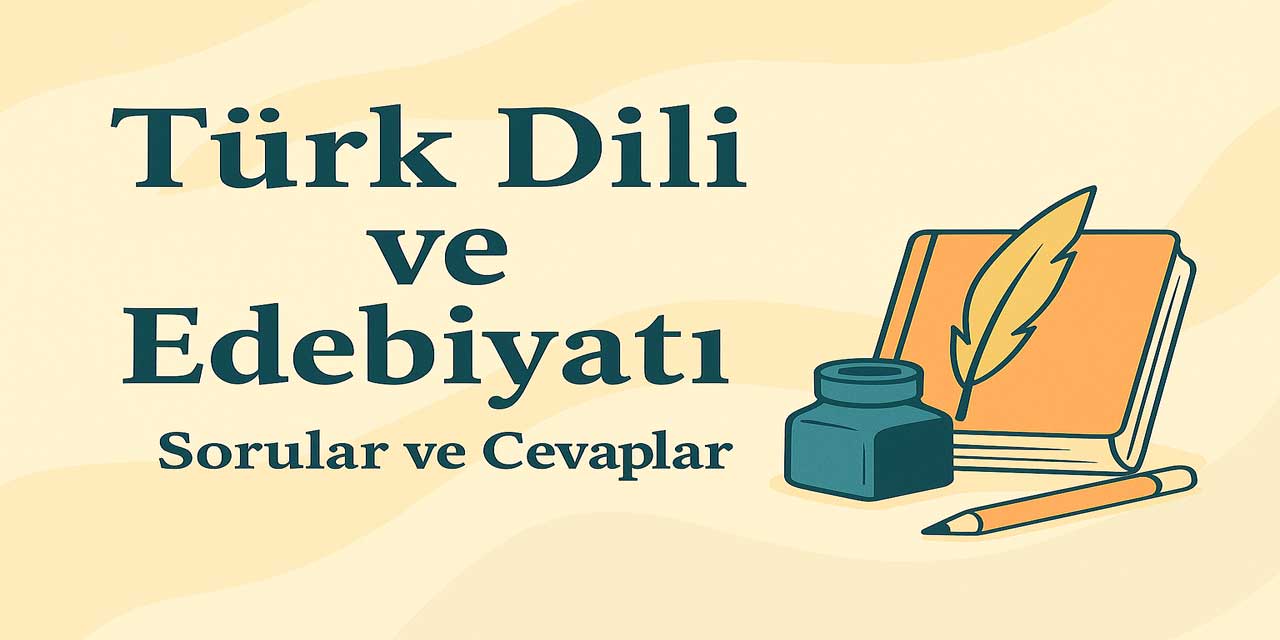
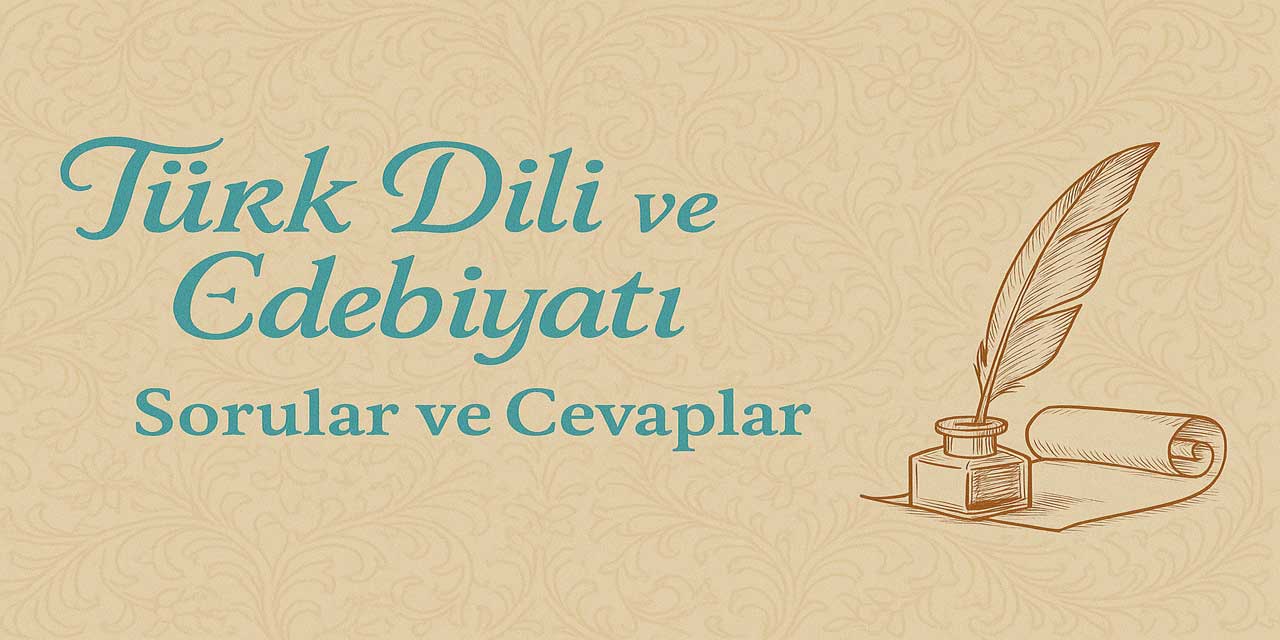
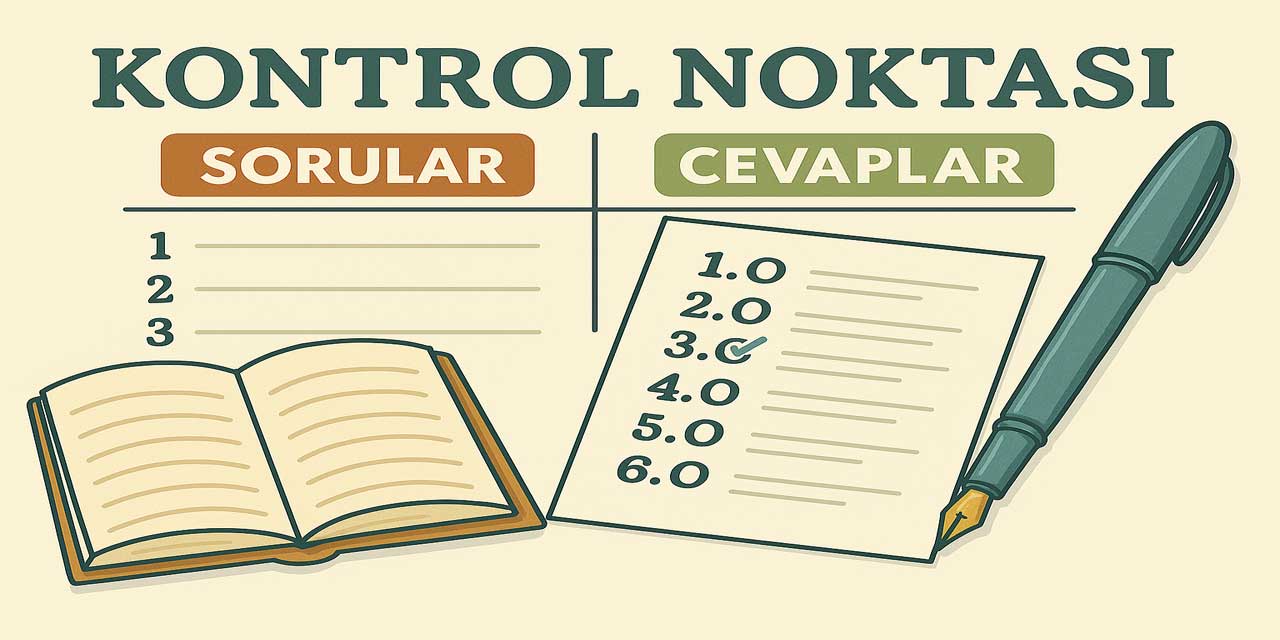
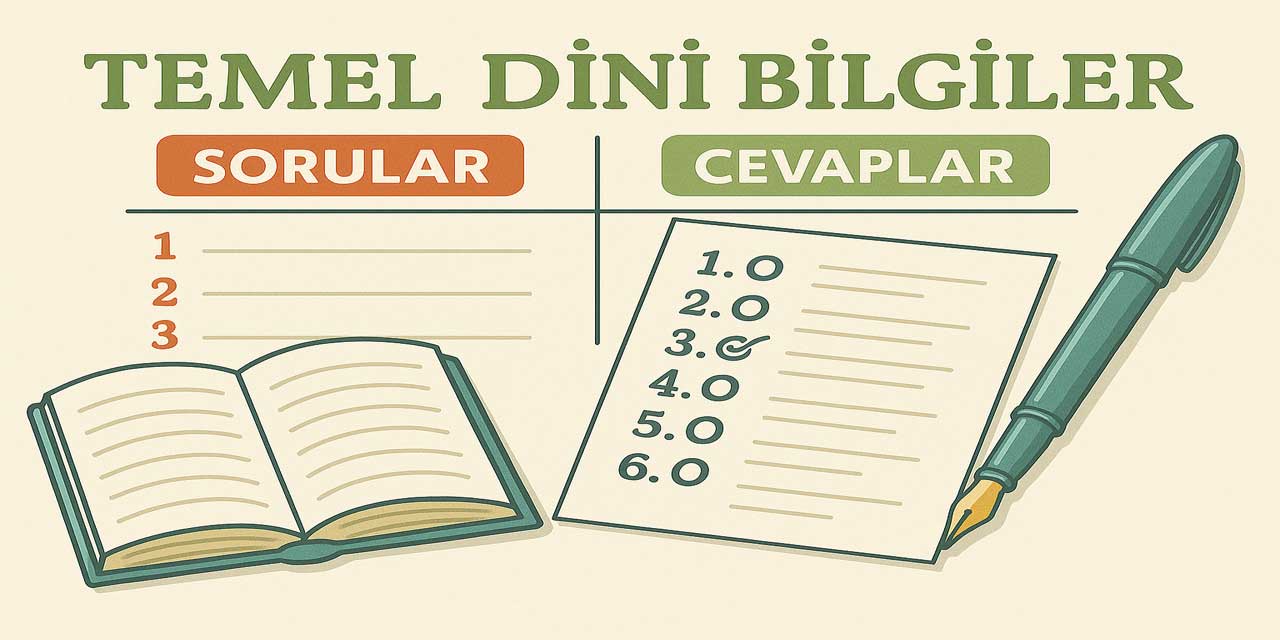
Türkçe karakter kullanılmayan ve büyük harflerle yazılmış yorumlar onaylanmamaktadır.